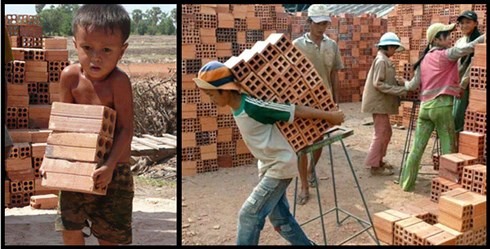The primary purpose of The Keating-Own Child Labor Act of 1916 , "To prevent interstate commerce in the products of child labor, and for other purposes." This act disallows the conduction of distribution, or commerce of products that were manufactured using child labor. The qualification for child labor is that thirty days prior to the commerce of the product, a child under the age of 16 worked for long hours. Additionally, the Attorney General, the Secretary of Commerce, and the Secretary of Labor will form a committee that will create regulations to enforce and strengthen the act. Furthermore, officials will be continuously monitoring offices, mills, and factories to help oversee a proper workplace. Also, the state and attorney general to present all available evidence when quarries or mills or any such industry is being inspected. If child labor is discovered, there will be fines, jail sentences, and procedures for conviction. Another main point of emphasis is properly defining the term person in the context by, "any individual or corporation or the members of any partnership or other unincorporated association" and the term, "ship or deliver for shipment in interstate or foreign commerce commerce to mean, ". The law was planned to be implemented a year after being passed.
Keating-Owen child labor act:

Child Labor still present in Vietnam today:

Comments
Post a Comment